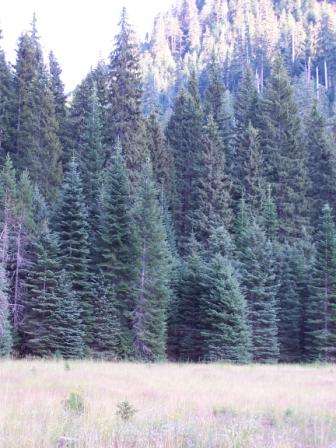Published by

Linda Chalker-Scott
Dr. Linda Chalker-Scott has a Ph.D. in Horticulture from Oregon State University and is an ISA certified arborist and an ASCA consulting arborist. She is WSU’s Extension Urban Horticulturist and a Professor in the Department of Horticulture, and holds two affiliate associate professor positions at University of Washington. She conducts research in applied plant and soil sciences, publishing the results in scientific articles and university Extension fact sheets.
Linda also is the award-winning author of five books: the horticultural myth-busting The Informed Gardener (2008) and The Informed Gardener Blooms Again (2010) from the University of Washington Press and Sustainable Landscapes and Gardens: Good Science – Practical Application (2009) from GFG Publishing, Inc., and How Plants Work: The Science Behind the Amazing Things Plants Do from Timber Press (2015). Her latest effort is an update of Art Kruckeberg’s Gardening with Native Plants of the Pacific Northwest from UW Press (2019).
In 2018 Linda was featured in a video series – The Science of Gardening – produced by The Great Courses. She also is one of the Garden Professors – a group of academic colleagues who educate and entertain through their blog and Facebook pages. Linda’s contribution to gardeners was recognized in 2017 by the Association for Garden Communicators as the first recipient of their Cynthia Westcott Scientific Writing Award.
"The Garden Professors" Facebook page - www.facebook.com/TheGardenProfessors
"The Garden Professors" Facebook group - www.facebook.com/groups/GardenProfessors
Books: http://www.sustainablelandscapesandgardens.com
View all posts by Linda Chalker-Scott

I can think of two possible reasons.
1. Since they are next to the clearing they get nmore light and don’t need to strecth.
2. They are seedlings from the larger trees and will eventually ‘seed out’ into the clearing.
I thought the same as Kenny’s first answer, but he beat me to it. So there’s some kind of etiolation going on with the trees in the background…?
Here’s another piece of information: you can see this in cornfields, where all the plants are exactly the same age.
I’m guessing the rest of the forest has the advantage of collective protection from all of the surrounding trees and is not exposed to the wind and drier conditions encountered by the outlier trees. The ones on the edge do not benefit from neighbors on all sides and instead suffer by being the shields for the others. They are spruce after all, and probably prefer cooler ground conditions.
Love the site, Linda.
I think the question is asked the wrong way around. Why are the trees further from the edge taller than the ones right on the edge of the field?
Two ideas: 1) they must grow taller to reach the light, if they were the height of the ones on the edge they would be shaded by those plants (see Kenny’s answer 1) and 2) they are not exposed to the wind so they can grow tall and thin and not need to be strong enough to stand up to the wind that the edge trees must contend with.
Same concepts would apply to a cornfield.